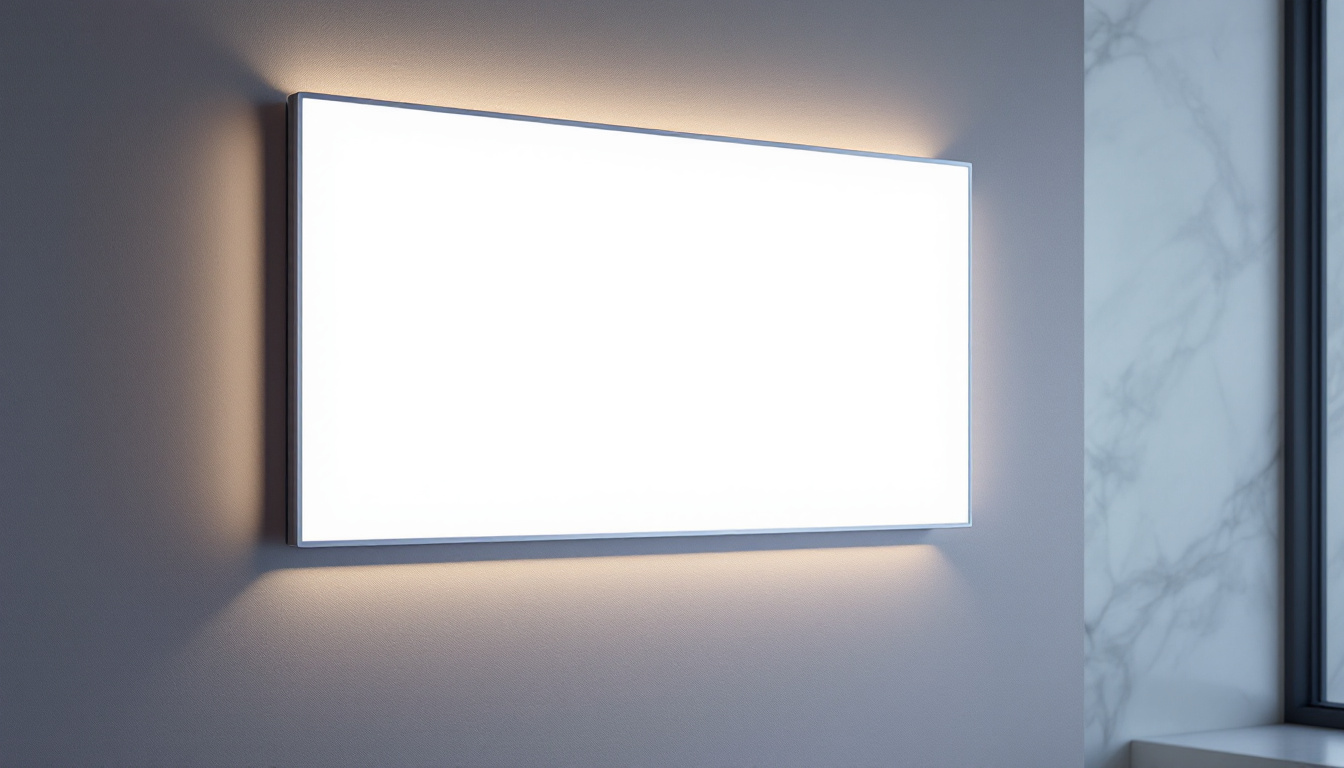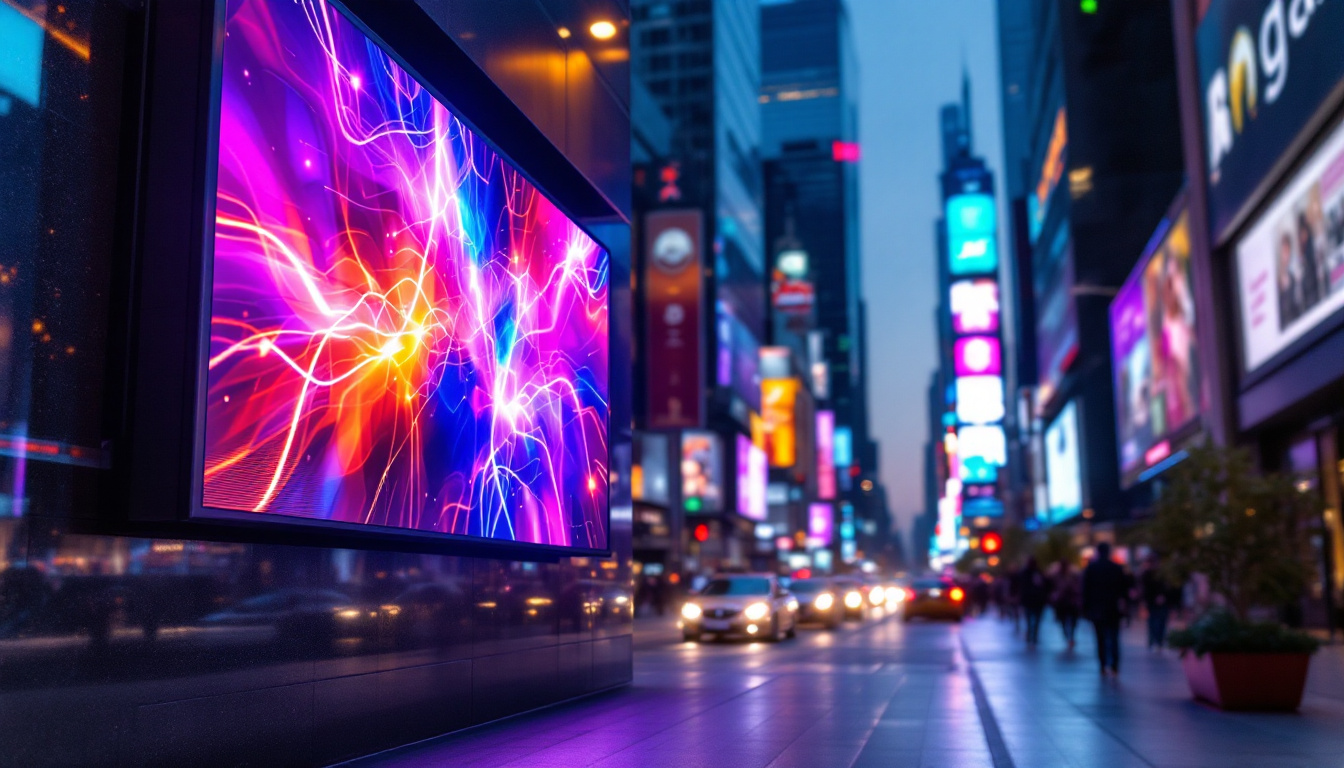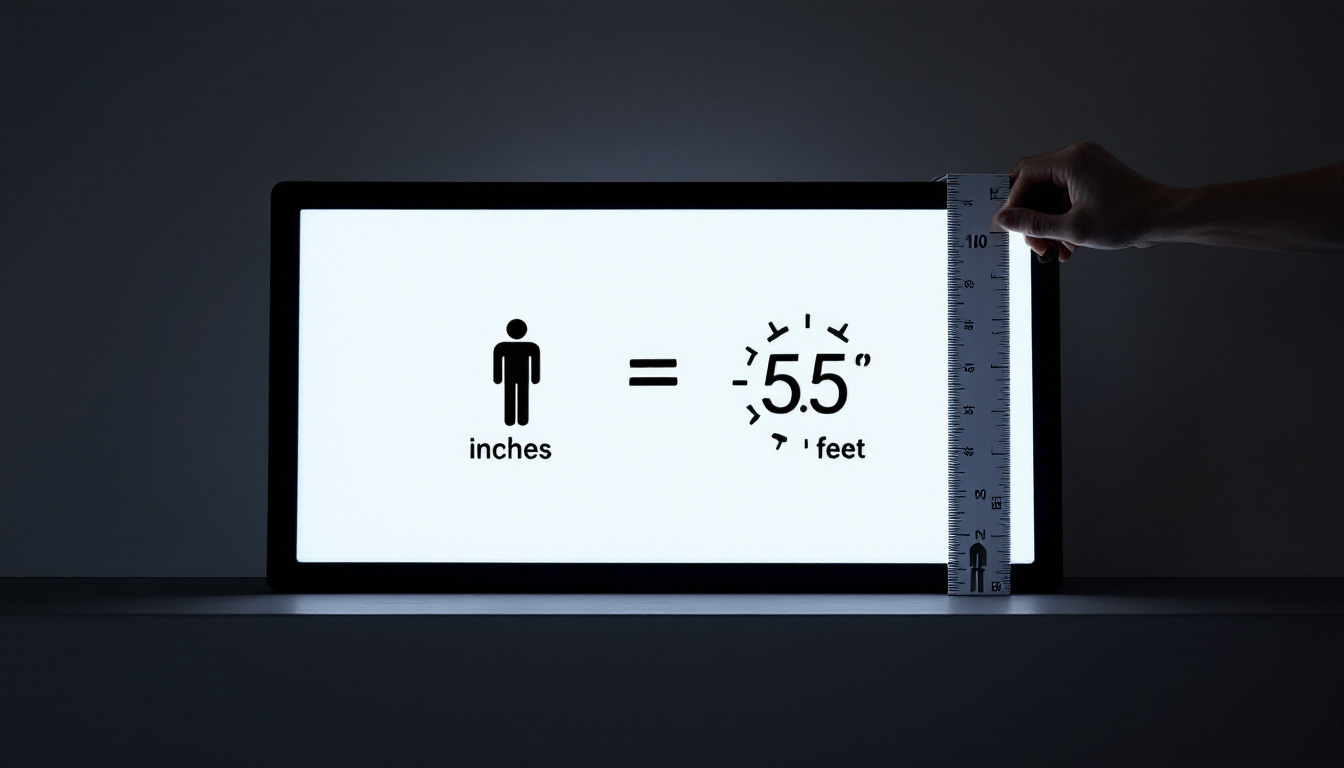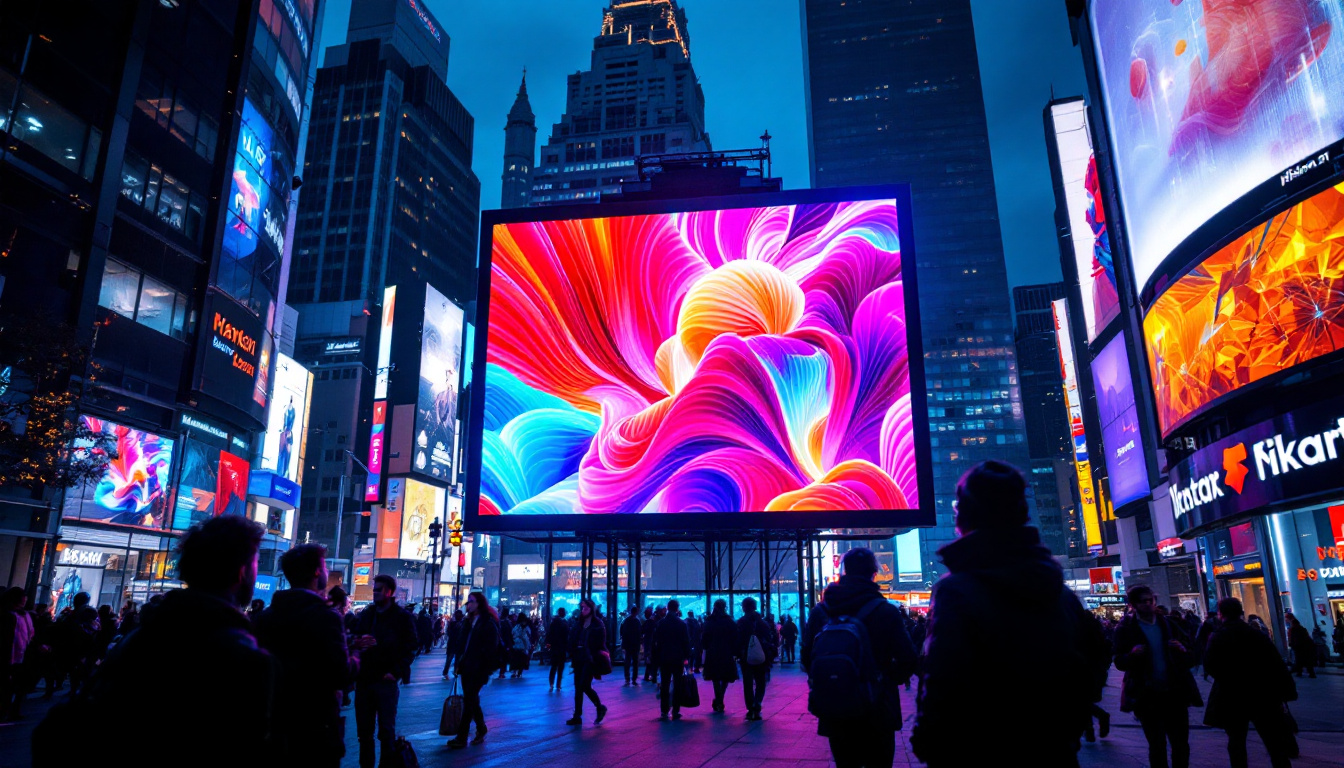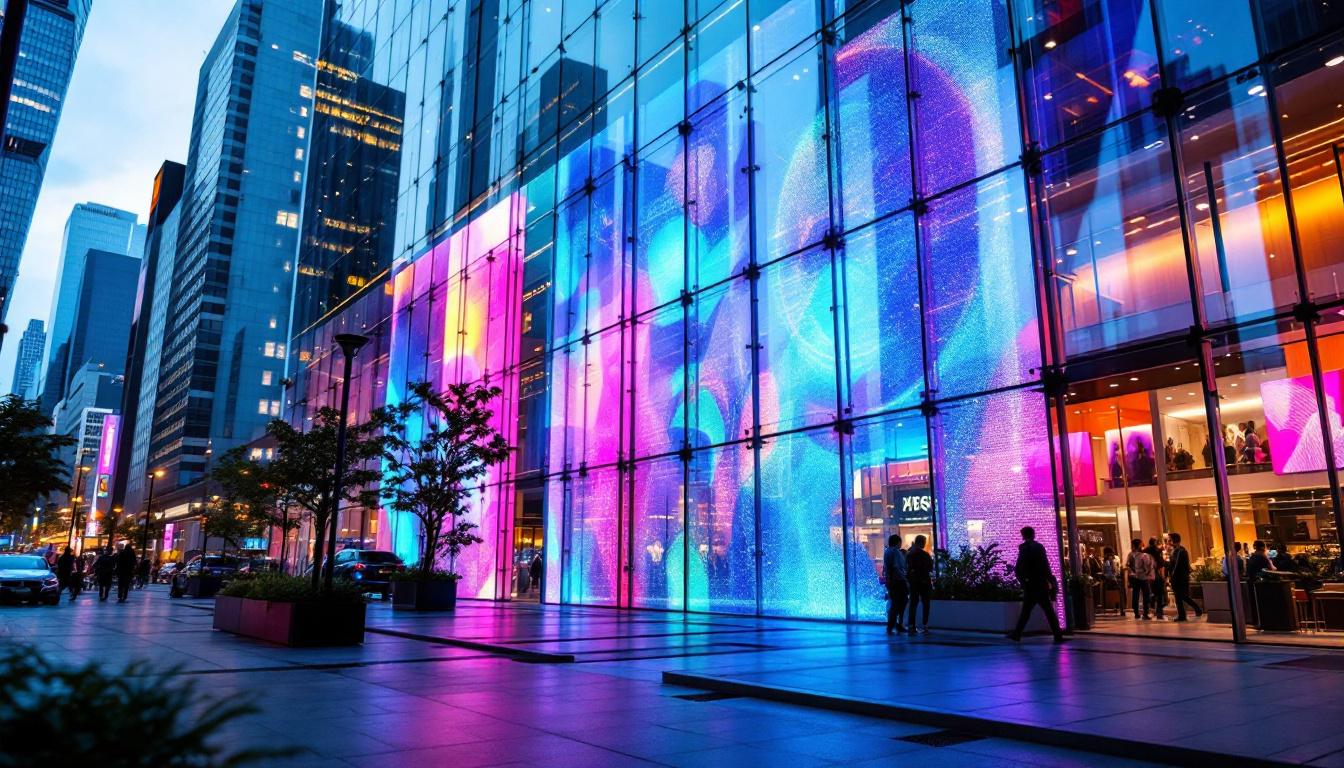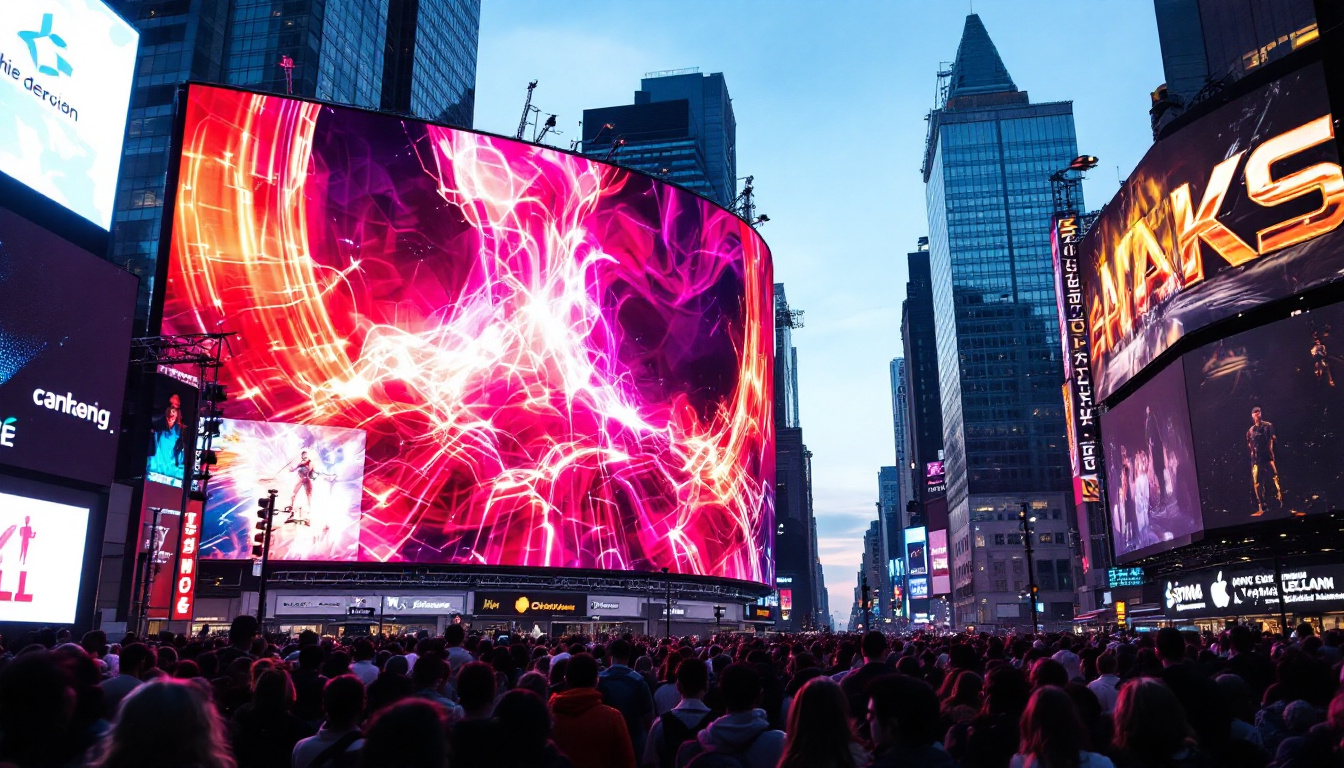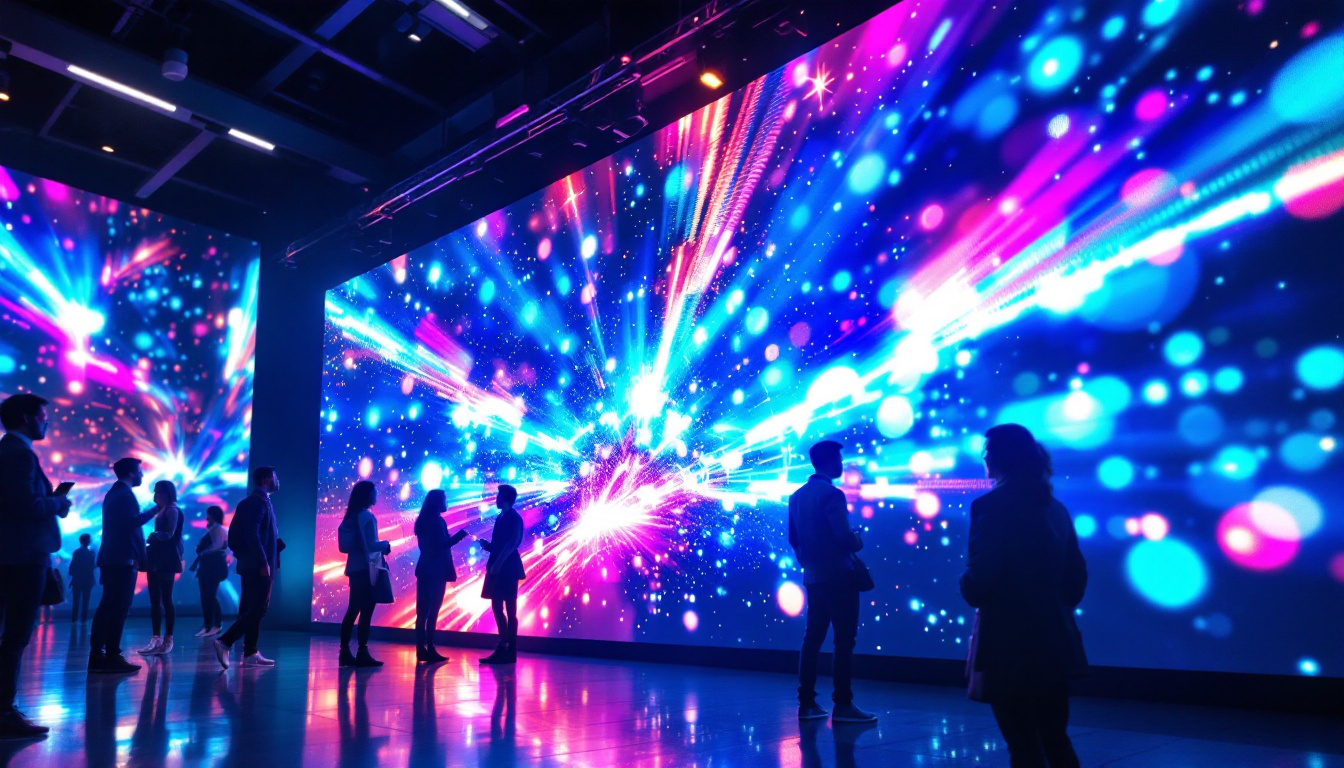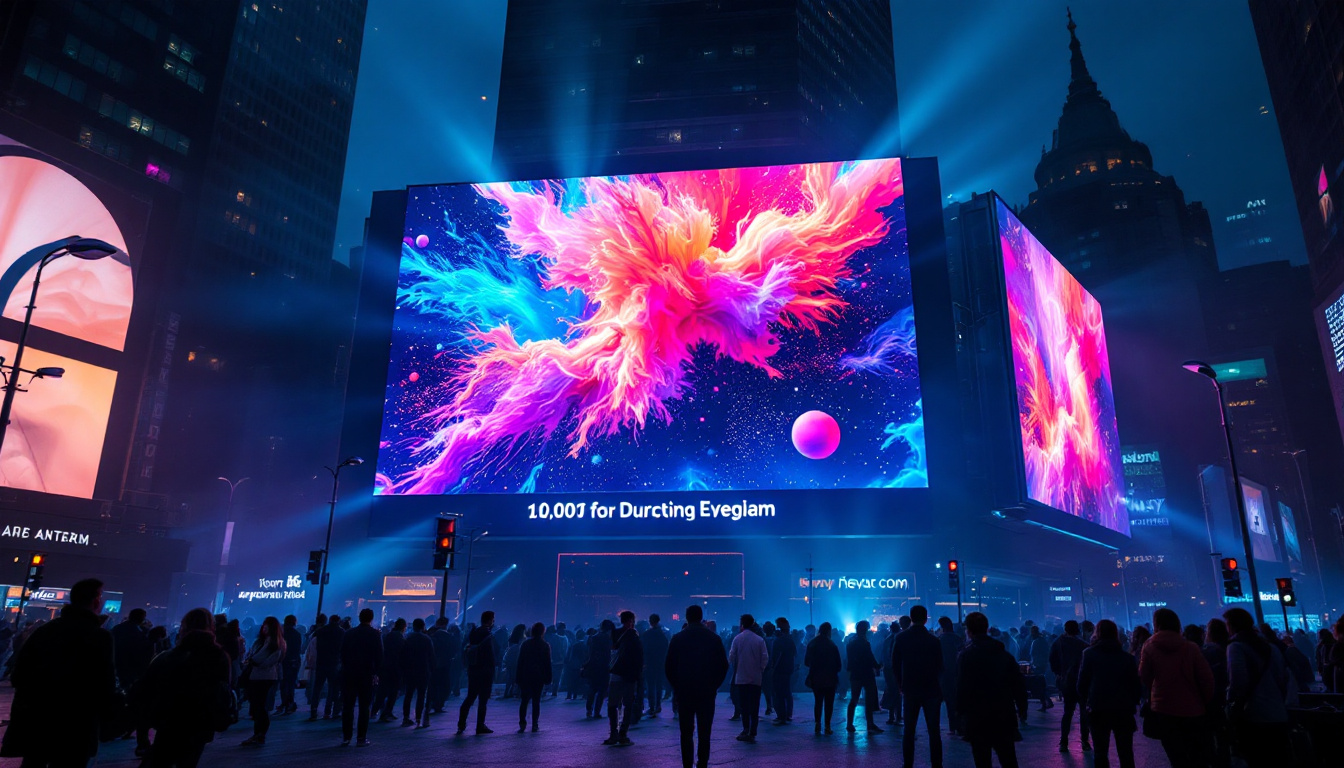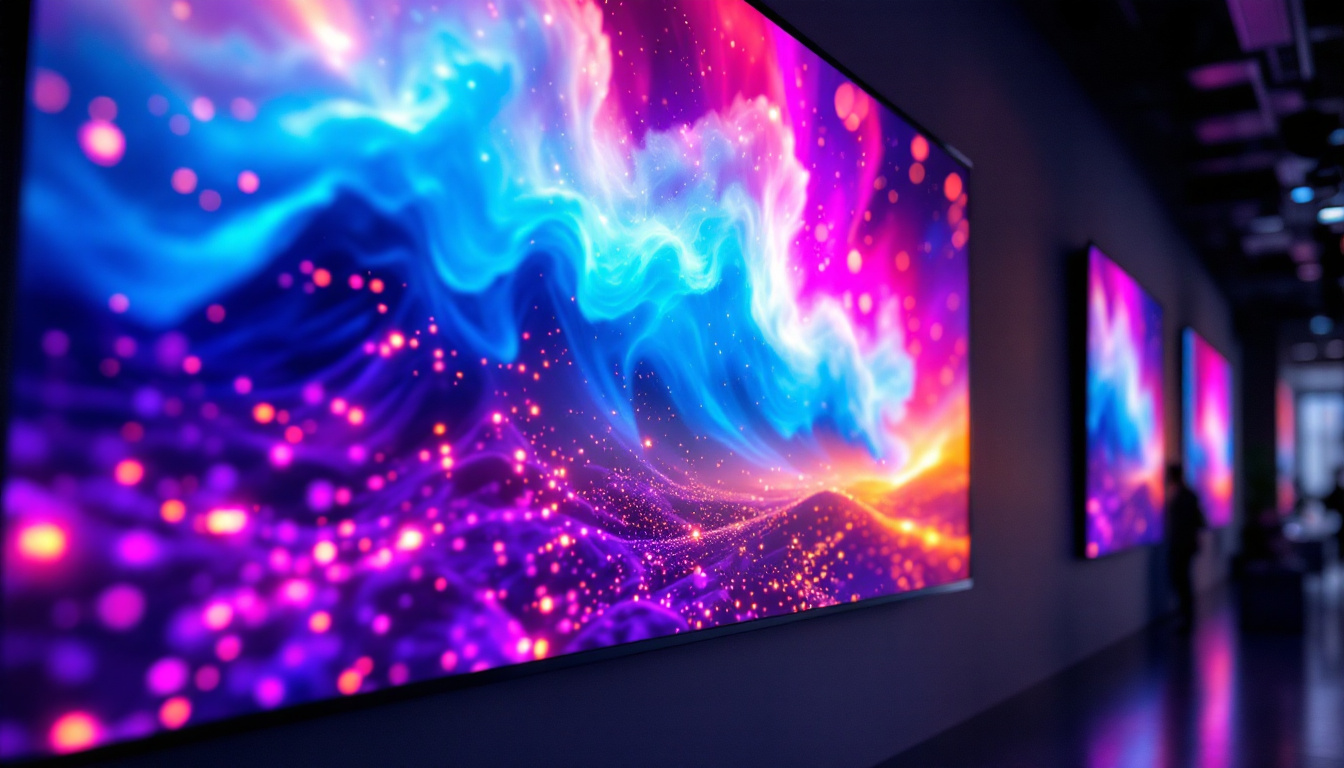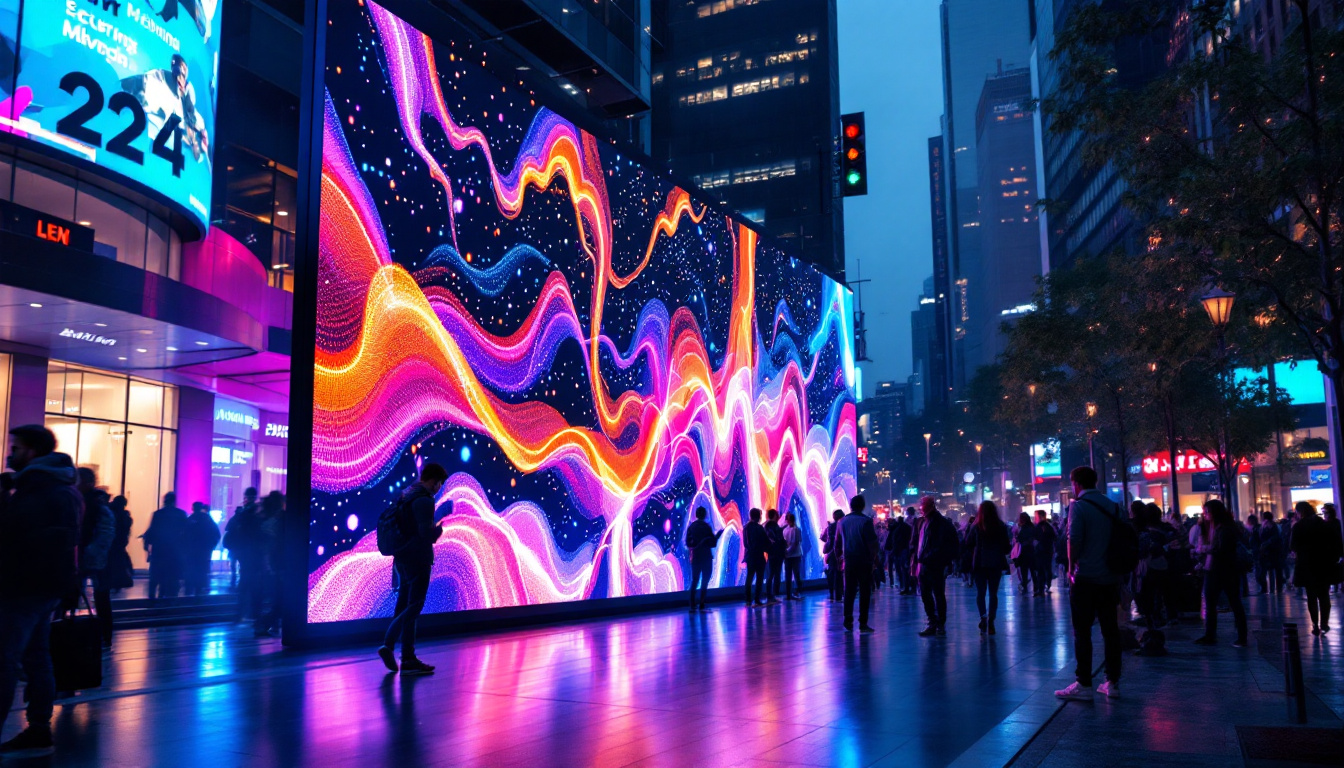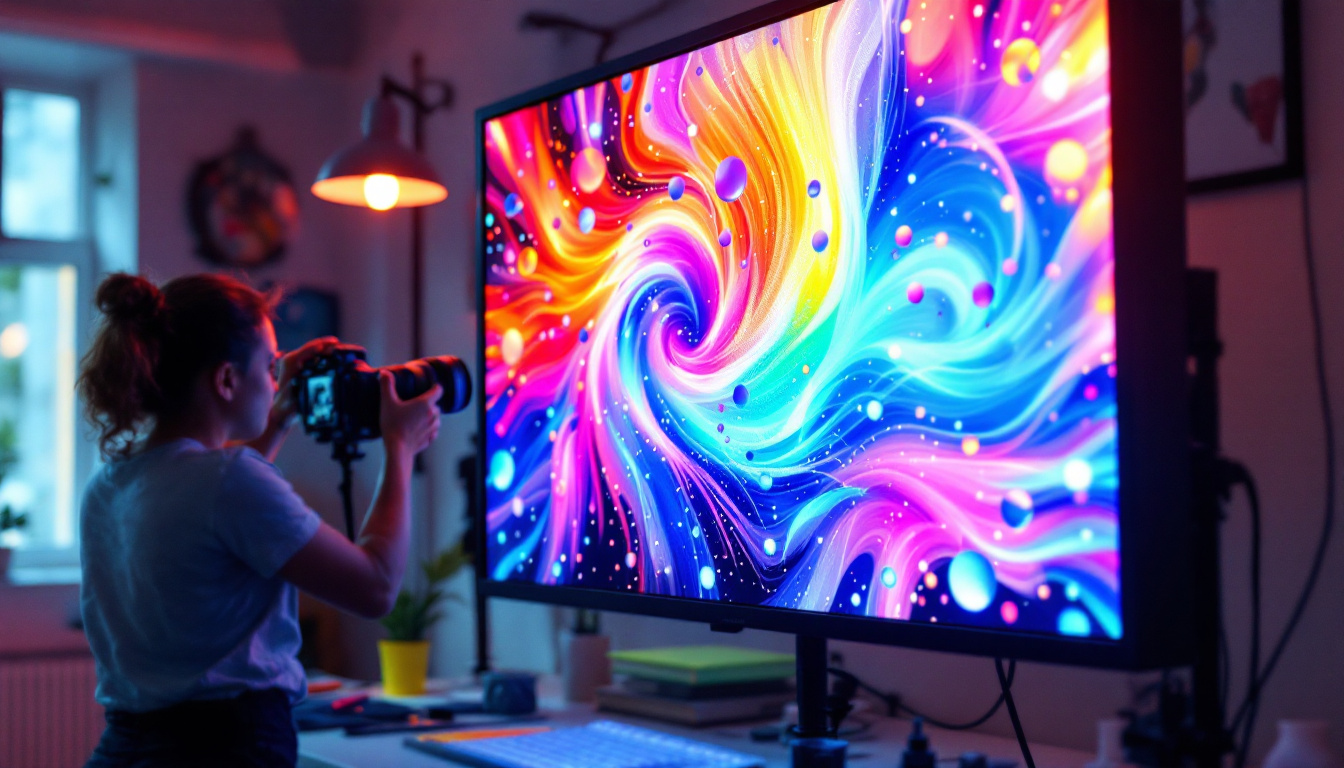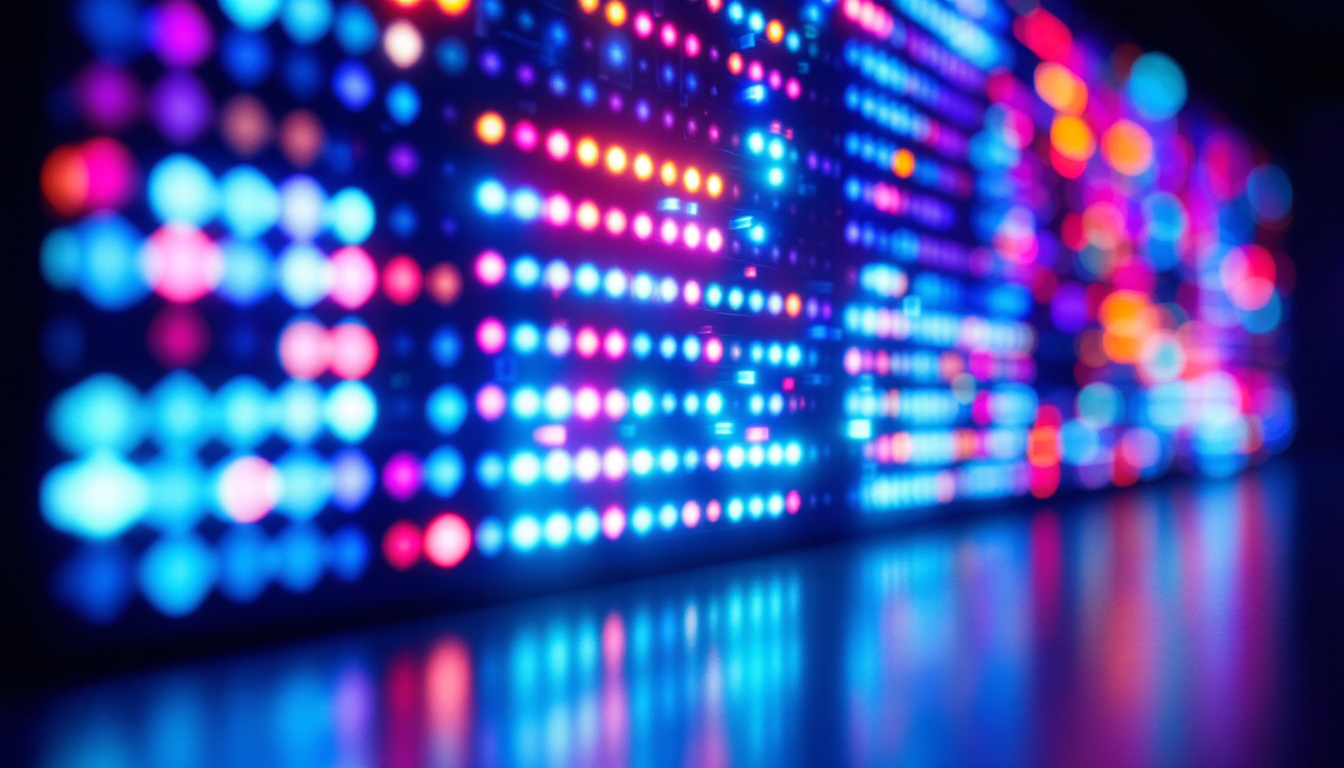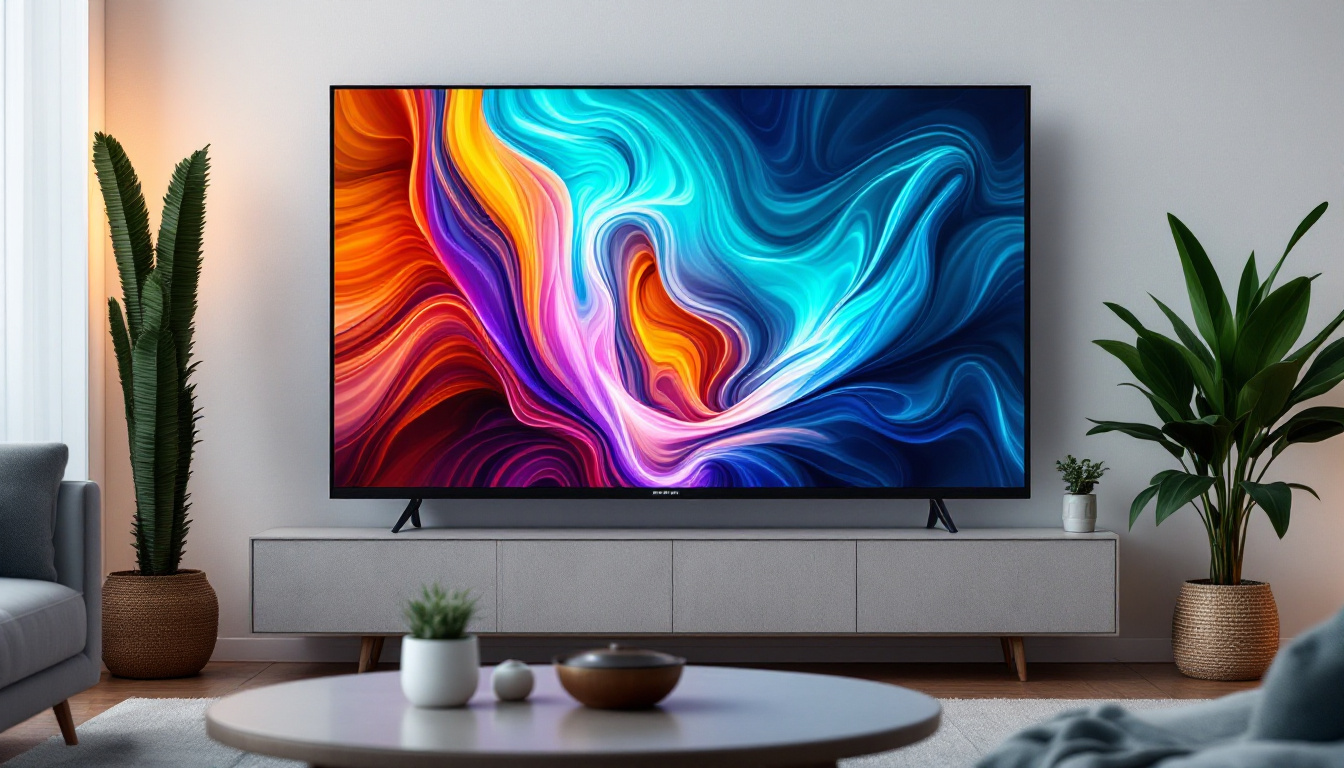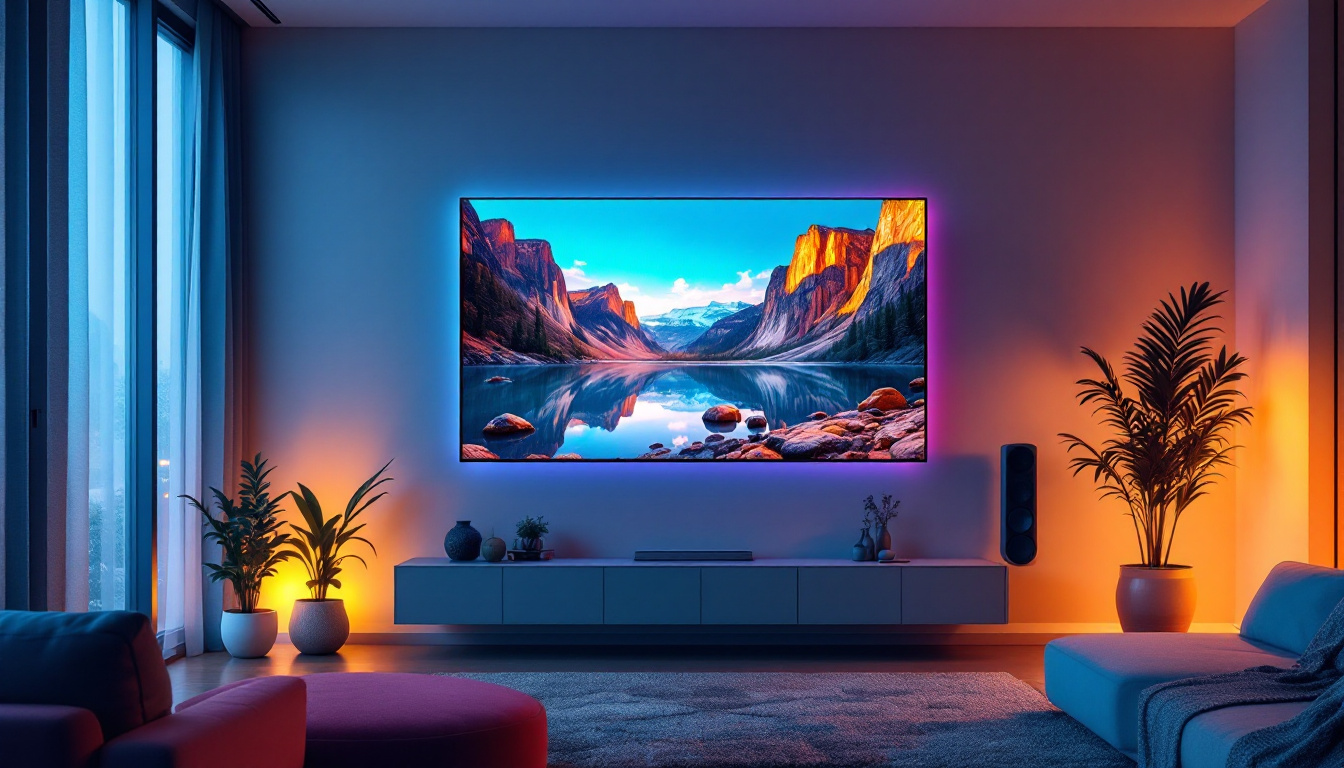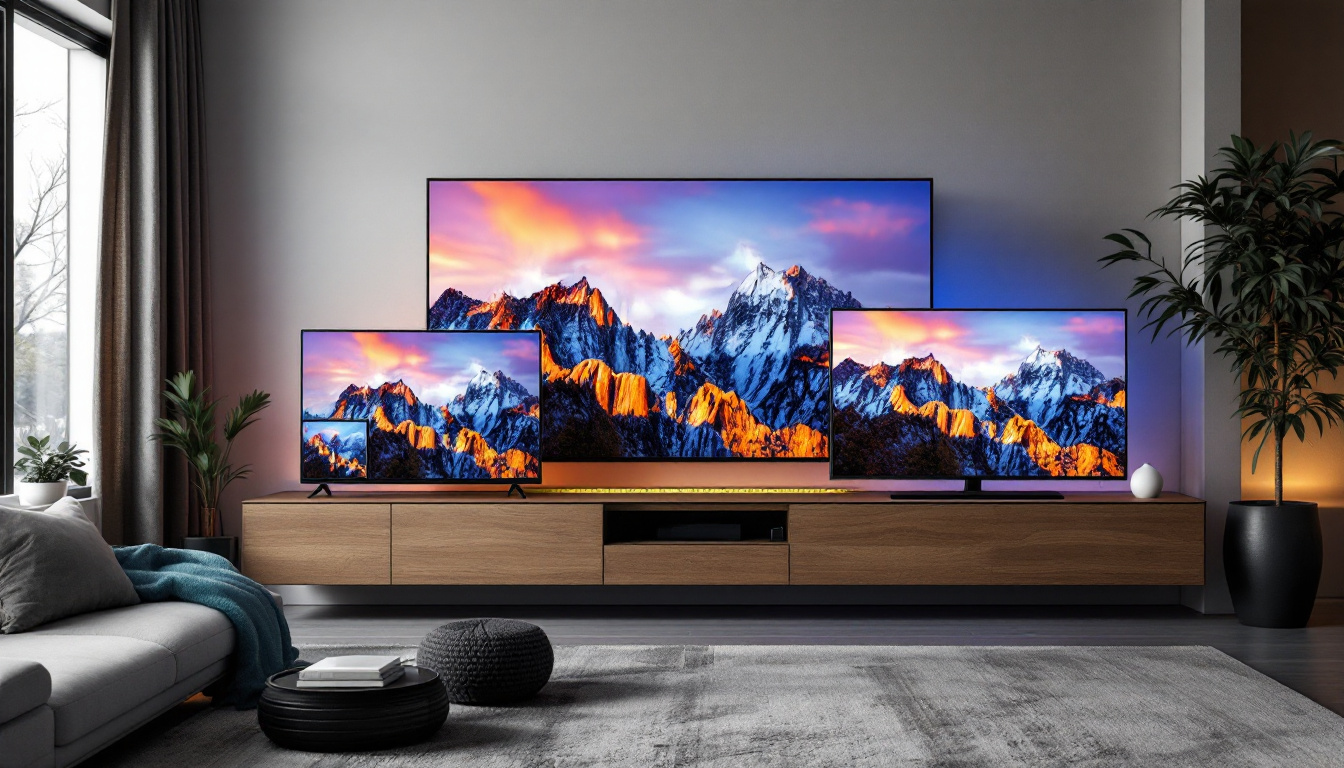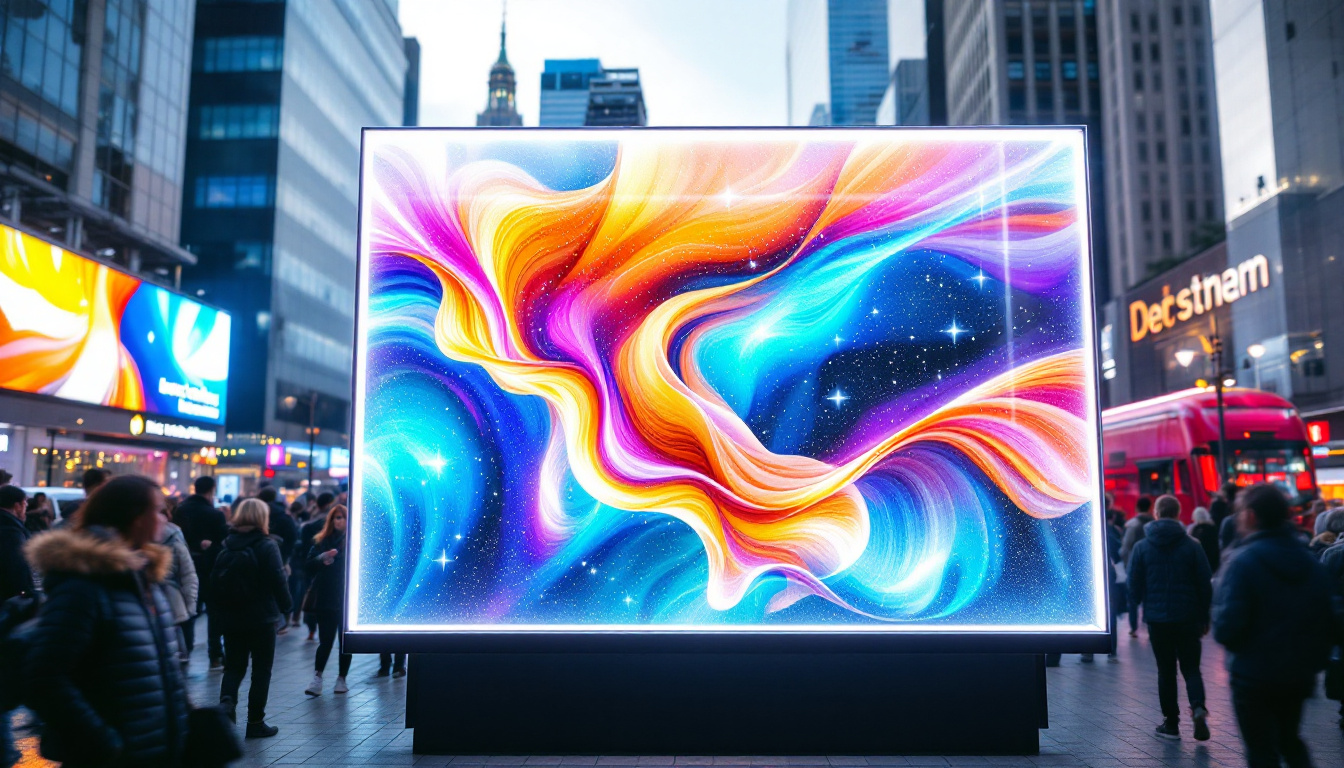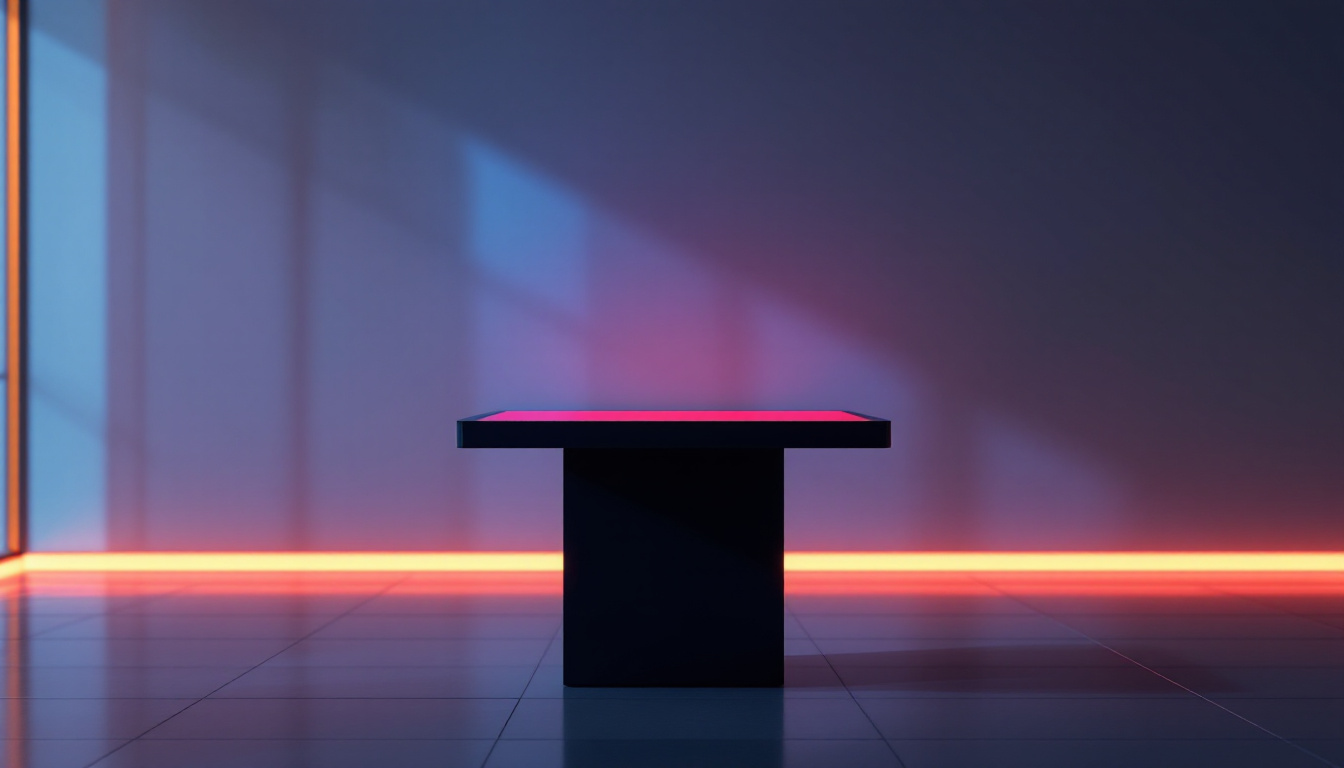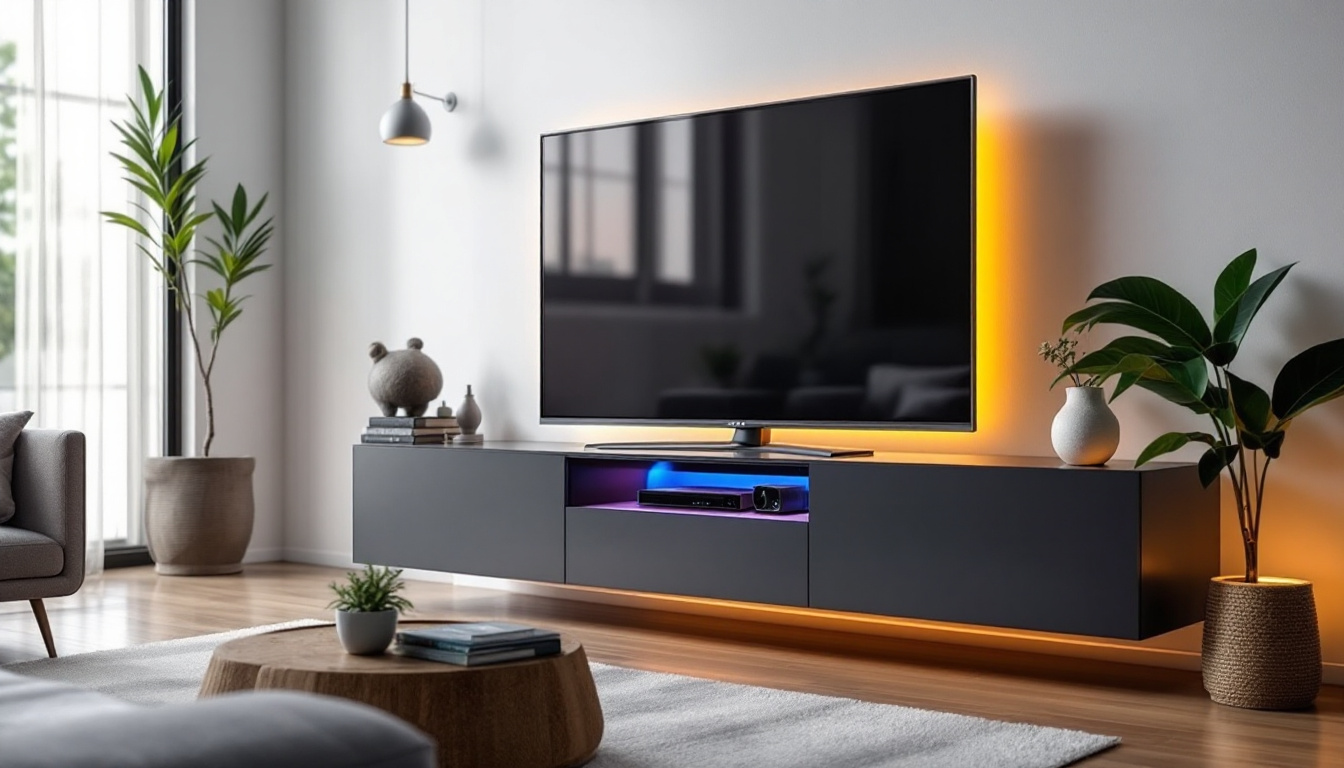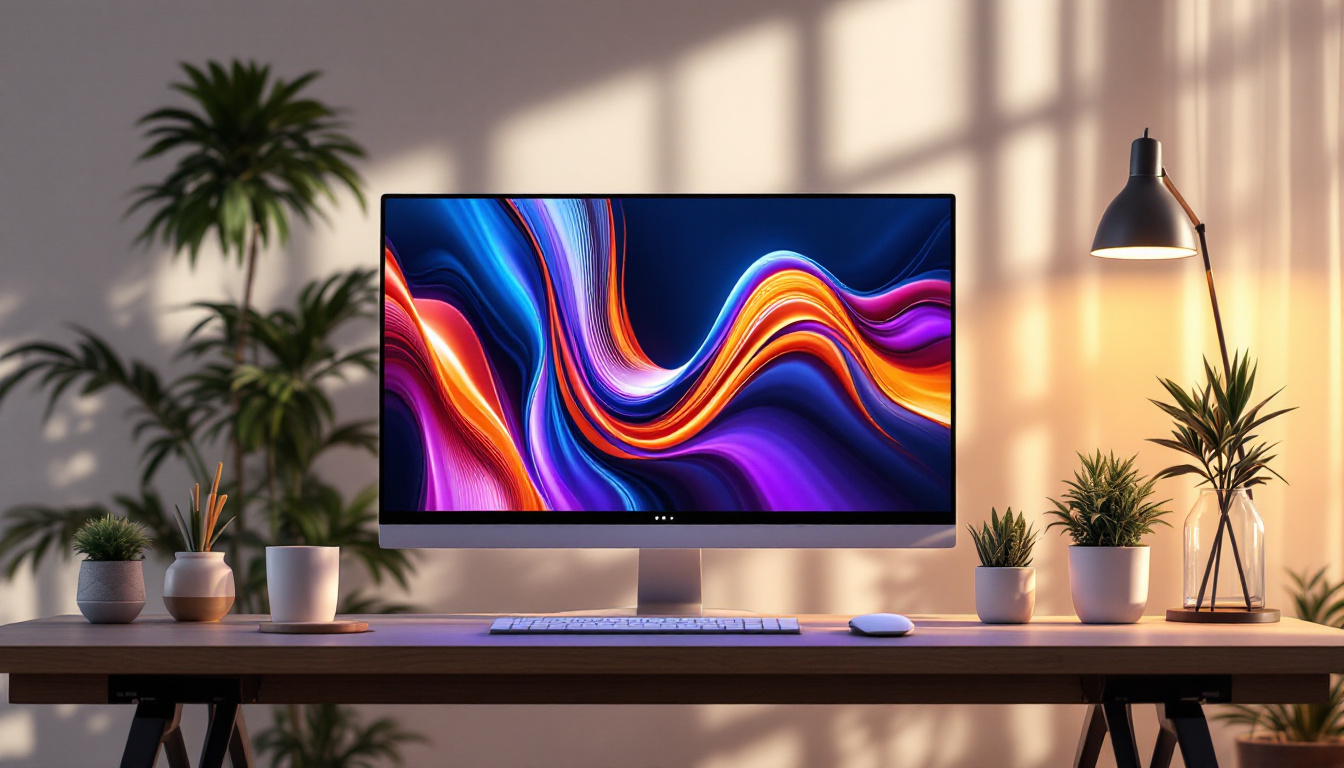In recent years, the demand for energy-efficient lighting solutions has surged, leading to the rise of ultra-thin flat panel LED lights. These innovative fixtures not only provide bright illumination but also offer a sleek, modern aesthetic that complements a variety of spaces. This article delves into the features, benefits, and applications of ultra-thin flat panel LED lights, while also exploring the technology behind LED displays.
Understanding LED Technology
What is LED?
Light Emitting Diode (LED) technology has revolutionized the way we think about lighting. Unlike traditional incandescent bulbs, LEDs produce light through a process called electroluminescence, where electrons move through a semiconductor material, emitting photons in the process. This results in a highly efficient light source that consumes significantly less energy.
LEDs are known for their longevity, often lasting up to 25,000 hours or more, which is several times longer than traditional bulbs. This durability not only reduces the frequency of replacements but also minimizes waste, making LEDs an environmentally friendly choice. Additionally, the lower energy consumption of LEDs translates to reduced electricity bills, which is a significant advantage for both residential and commercial users. As the world increasingly focuses on sustainability, the shift towards LED technology represents a crucial step in reducing our carbon footprint.
How Do Ultra Thin Flat Panel LED Lights Work?
Ultra-thin flat panel LED lights utilize a series of LED chips mounted on a flat surface. These chips are arranged in a grid pattern and are covered by a light-diffusing panel that helps distribute the light evenly across the surface. The design allows for a slim profile, making them ideal for installations where space is limited.
The backlighting technology used in these panels can vary. Some models employ edge-lit technology, where LEDs are placed along the edges of the panel, while others use direct-lit technology, where LEDs are positioned behind the panel. Each method has its advantages, affecting brightness, color temperature, and energy efficiency. For instance, edge-lit panels tend to be thinner and lighter, making them easier to install in tight spaces, while direct-lit panels often provide a more uniform light output, which is particularly beneficial in settings like offices and retail spaces where consistent illumination is key. Furthermore, many ultra-thin panels are now designed with smart technology, allowing users to control brightness and color temperature via mobile apps, enhancing the versatility and functionality of modern lighting solutions.
Benefits of Ultra Thin Flat Panel LED Lights
Energy Efficiency
One of the most significant advantages of ultra-thin flat panel LED lights is their energy efficiency. Compared to traditional lighting options, LEDs consume up to 80% less energy while providing the same level of brightness. This translates to lower electricity bills and reduced carbon footprints, making them an attractive option for both residential and commercial applications.
Moreover, the reduced energy consumption contributes to longer life spans for the fixtures, further enhancing their cost-effectiveness. Many users find that the initial investment in LED technology pays off quickly through savings on energy costs and maintenance. Additionally, the longevity of LED lights means fewer replacements, which not only saves money but also minimizes waste, making them an environmentally friendly choice.
Sleek Design
The ultra-thin profile of these LED panels offers a modern aesthetic that can enhance the overall look of any space. Their minimalist design allows them to blend seamlessly into ceilings, walls, or other surfaces, providing a clean and unobtrusive lighting solution. This is particularly beneficial in contemporary settings where visual clutter is to be avoided.
Additionally, the variety of sizes and shapes available means that these panels can be customized to fit specific design requirements, making them suitable for a wide range of applications, from offices to homes and retail spaces. The ability to choose from different color temperatures also allows users to create the desired ambiance, whether it’s a warm, inviting glow for a cozy living room or a bright, energizing light for a bustling workspace.
Versatility and Application
Ultra-thin flat panel LED lights are incredibly versatile, making them suitable for a myriad of applications. They can be used in various settings, including residential homes, commercial offices, retail stores, and even industrial environments. Their ability to provide uniform lighting makes them ideal for spaces where visibility is crucial, such as workstations and display areas.
Furthermore, these lights can be integrated with smart technology, allowing users to control brightness and color temperature through mobile apps or voice commands. This adaptability not only enhances user experience but also contributes to energy savings by allowing for tailored lighting solutions based on specific needs. In addition, the ease of installation and compatibility with existing lighting systems make them an appealing choice for those looking to upgrade without extensive renovations, ensuring that anyone can enjoy the benefits of modern lighting technology with minimal hassle.
Installation and Maintenance
Installation Process
Installing ultra-thin flat panel LED lights is generally straightforward, but it does require some knowledge of electrical work. Most panels come with mounting hardware and instructions, making it possible for DIY enthusiasts to handle the installation. However, for those unfamiliar with electrical systems, hiring a professional electrician is recommended to ensure safety and compliance with local codes.
The installation typically involves cutting a hole in the ceiling or wall to accommodate the panel, connecting the electrical wiring, and securing the fixture in place. Some models are designed for recessed installation, while others can be surface-mounted, offering flexibility based on the specific requirements of the space.
Maintenance Considerations
One of the appealing aspects of ultra-thin flat panel LED lights is their low maintenance needs. Given their long lifespan, users can expect to replace these fixtures infrequently. However, regular cleaning is essential to maintain optimal brightness and performance. Dust and debris can accumulate on the surface, diminishing light output and affecting the overall aesthetic.
For cleaning, a soft cloth and mild detergent are usually sufficient. It’s important to avoid abrasive materials that could scratch the surface of the panel. Additionally, users should periodically check the electrical connections to ensure everything remains secure and functional.
Comparing Ultra Thin Flat Panel LED Lights to Other Lighting Options
LED vs. Fluorescent Lighting
When comparing ultra-thin flat panel LED lights to fluorescent lighting, several key differences emerge. Fluorescent bulbs are known for their energy efficiency compared to incandescent bulbs, but they still fall short of the performance offered by LEDs. LEDs provide instant brightness, whereas fluorescent lights often require a warm-up period.
Moreover, LEDs do not contain harmful substances like mercury, which is present in fluorescent bulbs, making them a safer choice for both users and the environment. In terms of lifespan, LEDs again take the lead, often lasting up to five times longer than fluorescent options.
LED vs. Incandescent Lighting
Incandescent lighting has long been the standard for residential and commercial spaces. However, ultra-thin flat panel LED lights have emerged as a superior alternative. While incandescent bulbs produce a warm light that many people find appealing, they are notoriously inefficient, converting a significant portion of energy into heat rather than light.
In contrast, LEDs provide a range of color temperatures, allowing users to select the ambiance that best suits their needs. Additionally, the longevity and energy efficiency of LEDs make them a more sustainable choice, reducing the need for frequent replacements and lowering energy costs.
Future Trends in LED Technology
Advancements in Smart Lighting
The future of LED technology is bright, particularly with the continued integration of smart technology. Smart LED panels are becoming increasingly popular, allowing users to control lighting remotely through smartphones or voice-activated devices. This level of control not only enhances convenience but also contributes to energy savings by enabling users to adjust lighting based on occupancy and time of day.
Furthermore, advancements in sensor technology are paving the way for more responsive lighting systems. Motion sensors, daylight sensors, and occupancy sensors can be integrated into LED panels, ensuring that lights are only on when needed, further optimizing energy usage.
Sustainable Practices and Materials
As the world becomes more environmentally conscious, the demand for sustainable lighting solutions continues to grow. Manufacturers are increasingly focusing on using eco-friendly materials and practices in the production of ultra-thin flat panel LED lights. This includes sourcing materials responsibly and minimizing waste during the manufacturing process.
Additionally, recycling programs for old lighting fixtures are becoming more common, allowing users to dispose of their old bulbs and panels responsibly. This shift towards sustainability not only benefits the environment but also appeals to consumers who prioritize eco-friendly products.
Conclusion
Ultra-thin flat panel LED lights represent a significant advancement in lighting technology, combining energy efficiency, sleek design, and versatility. As the demand for sustainable and efficient lighting solutions continues to rise, these fixtures are poised to play a crucial role in both residential and commercial settings.
With their numerous benefits, including longevity, low maintenance needs, and adaptability to smart technology, ultra-thin flat panel LED lights are an excellent choice for anyone looking to enhance their lighting experience. As advancements in LED technology continue to evolve, the future looks promising for this innovative lighting solution.
In summary, whether for a home, office, or retail environment, ultra-thin flat panel LED lights offer an effective and stylish way to illuminate spaces while contributing to energy savings and sustainability. Embracing this technology not only enhances the quality of light but also aligns with a growing commitment to environmentally responsible practices.
Discover LumenMatrix’s Innovative LED Solutions
Ready to elevate your space with the latest in LED technology? Explore LumenMatrix’s array of cutting-edge LED display modules, designed to transform your environment and captivate your audience. From dynamic Indoor and Outdoor LED Wall Displays to versatile solutions like Vehicle and Sports Displays, LumenMatrix offers a comprehensive range of products to meet your unique needs. Embrace the future of visual communication and check out LumenMatrix LED Display Solutions today, where innovation meets impact.

